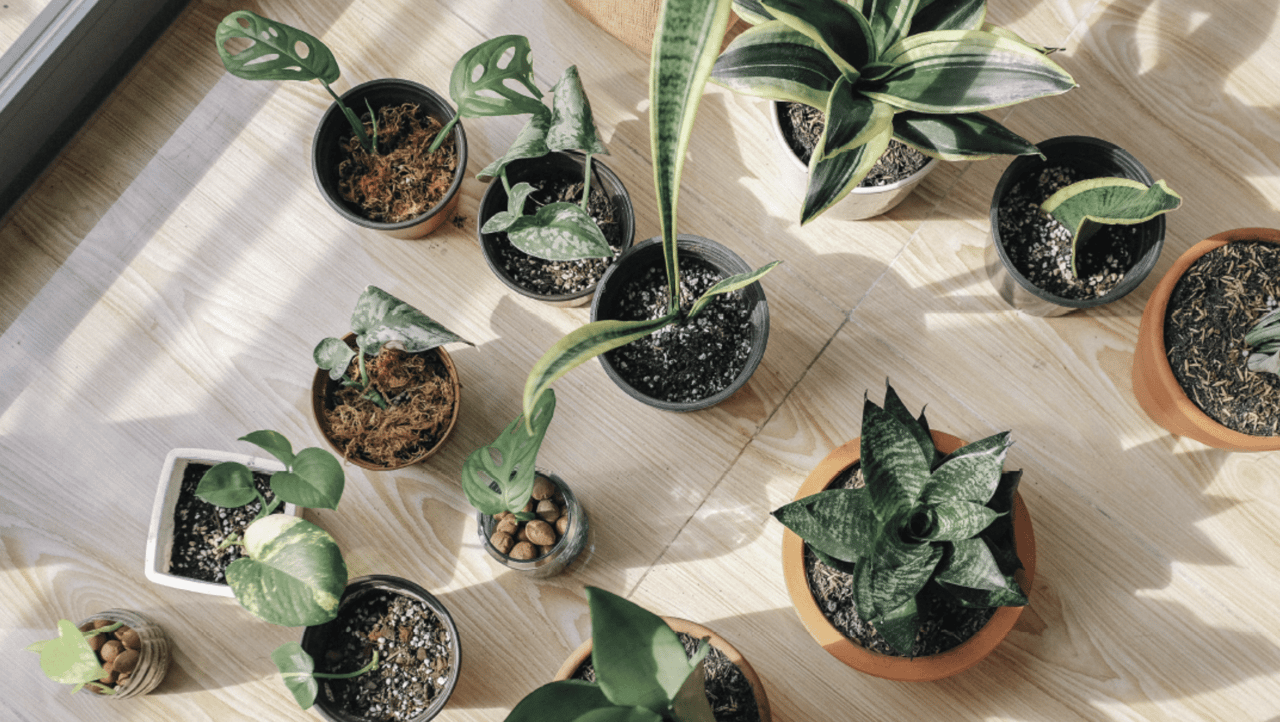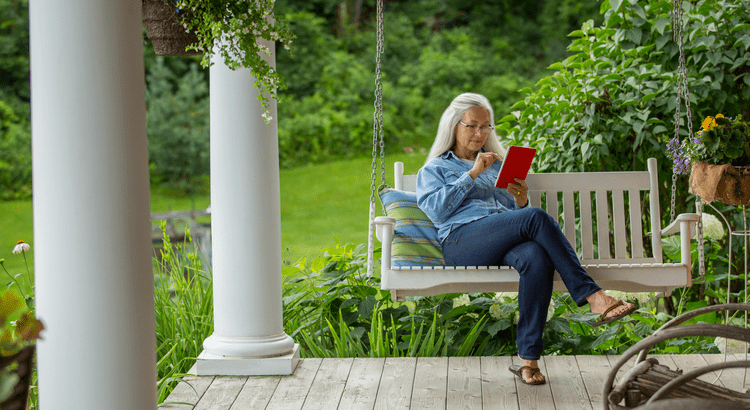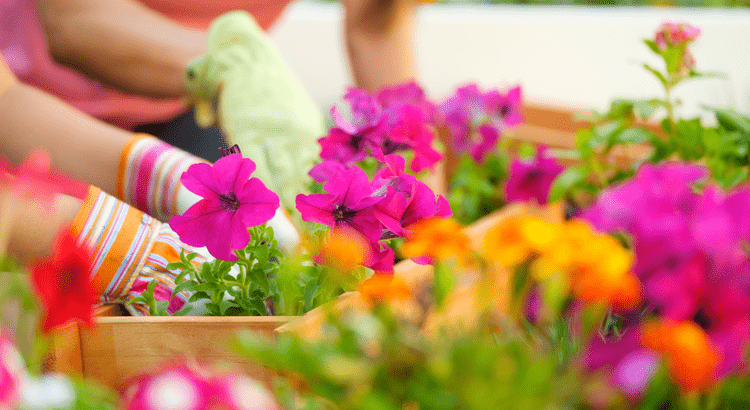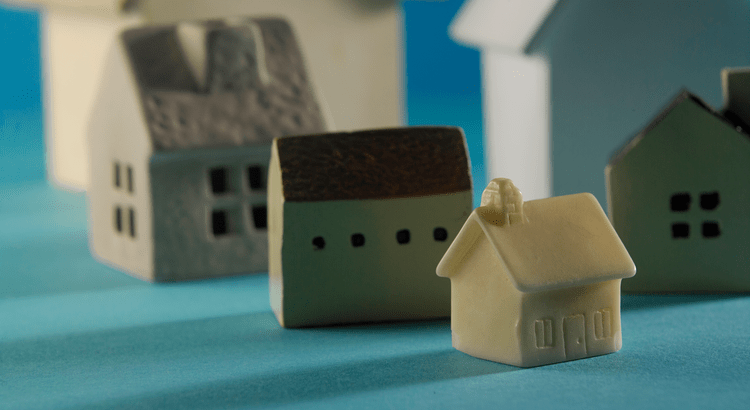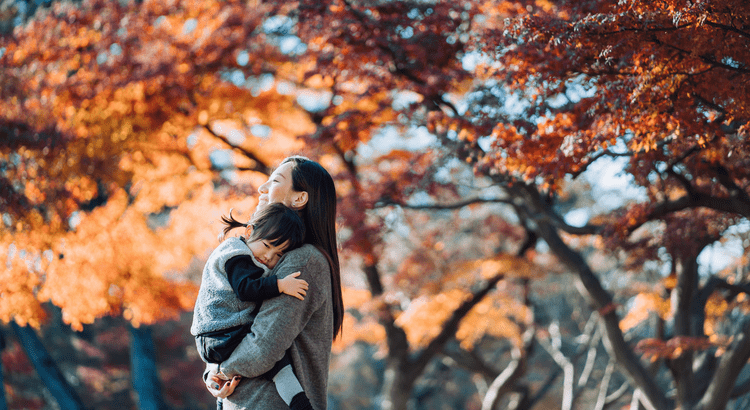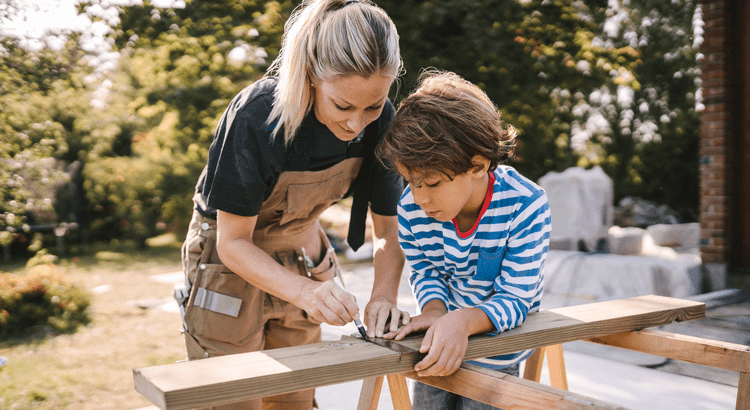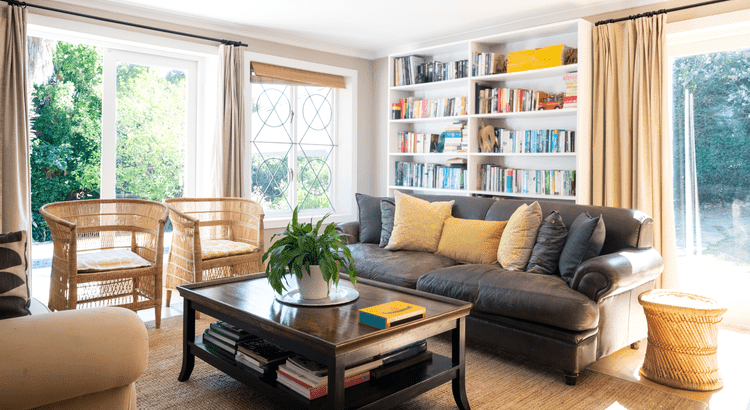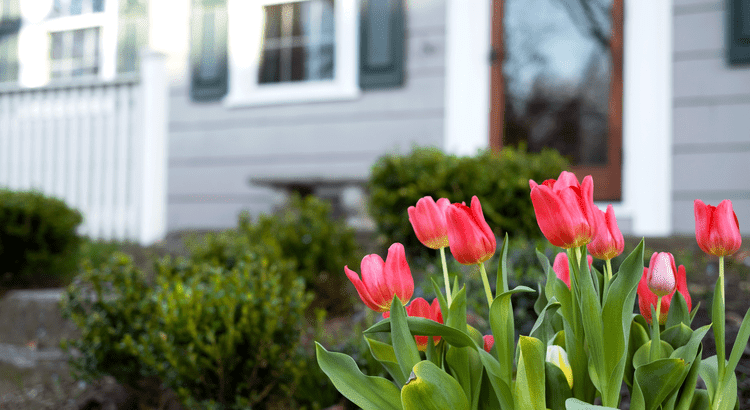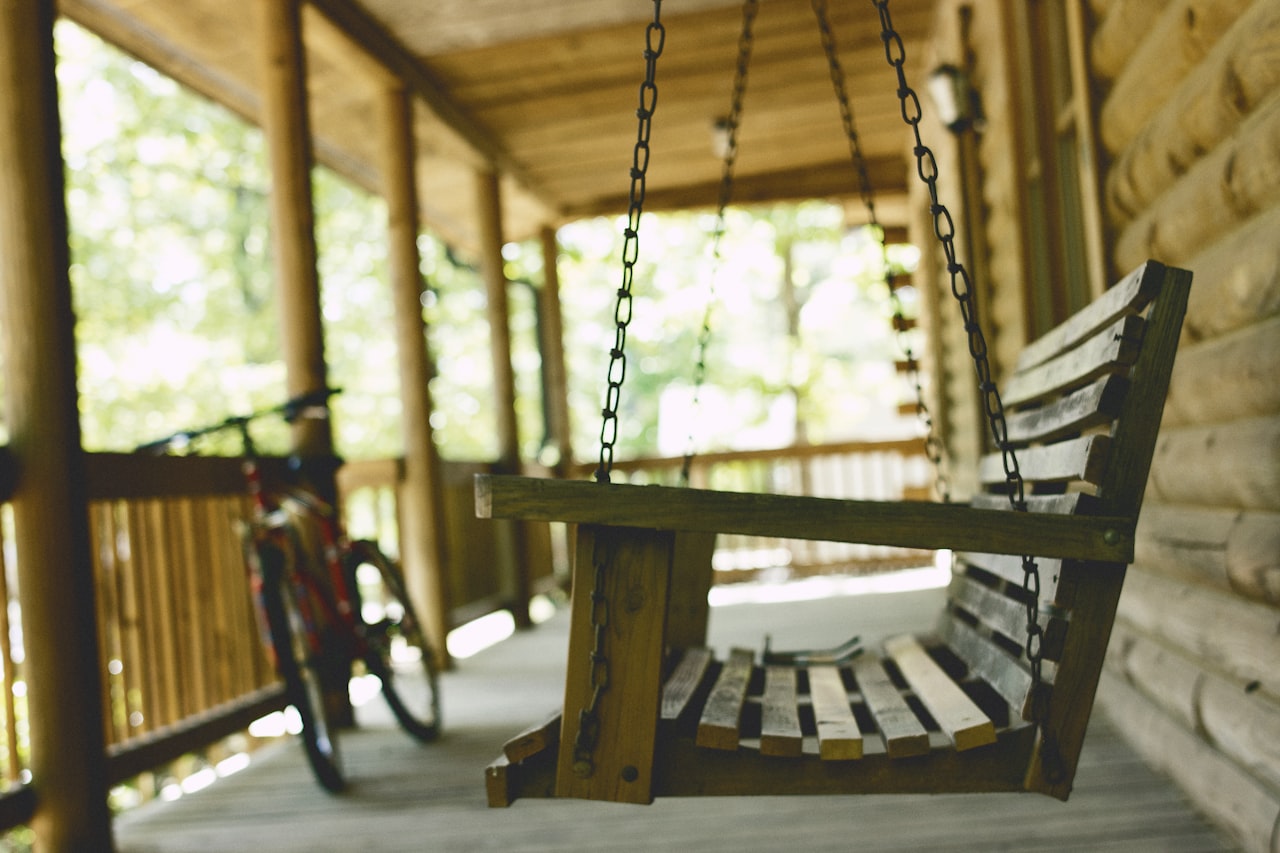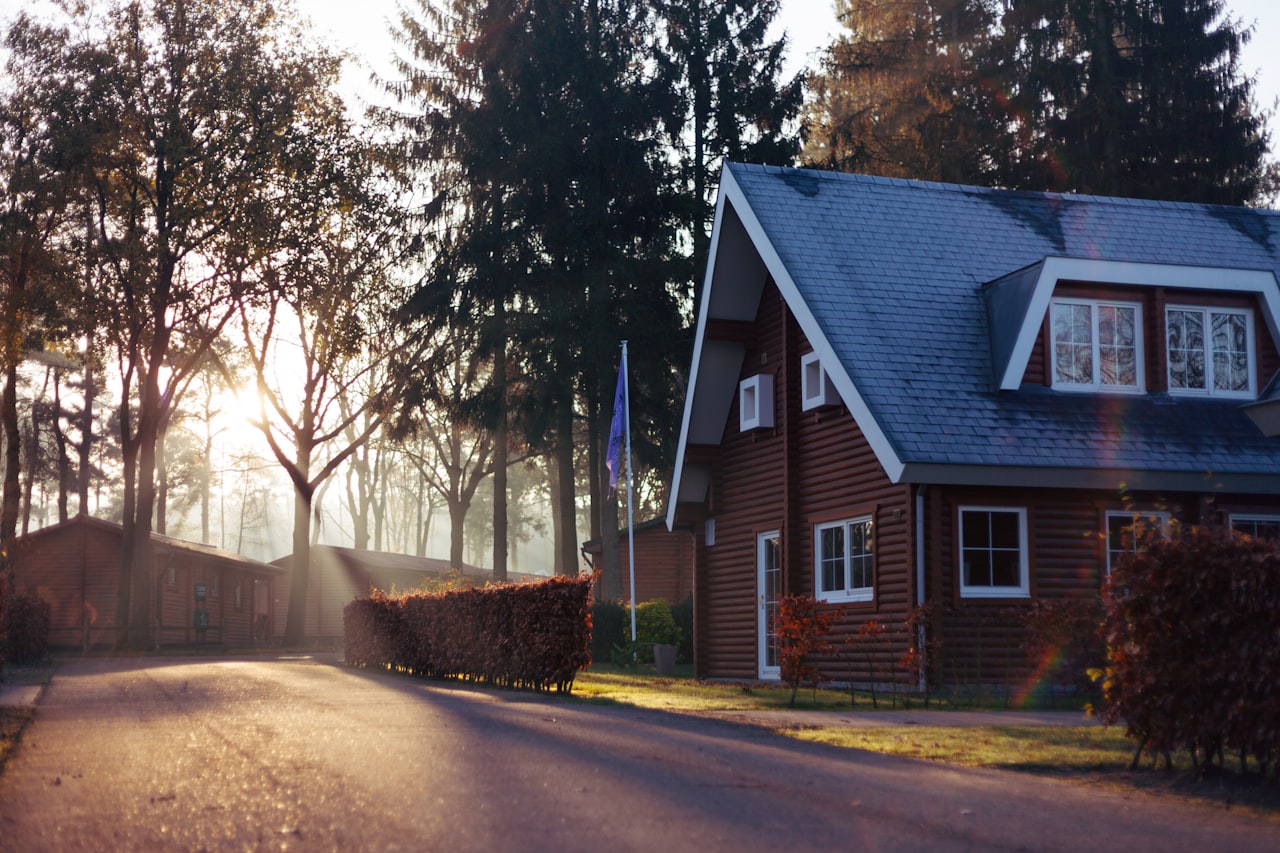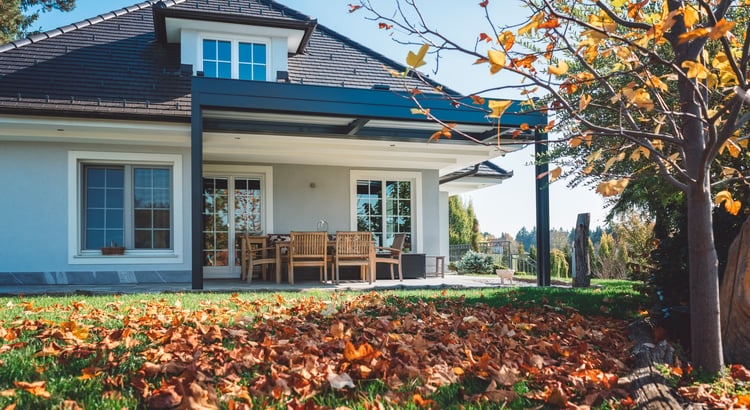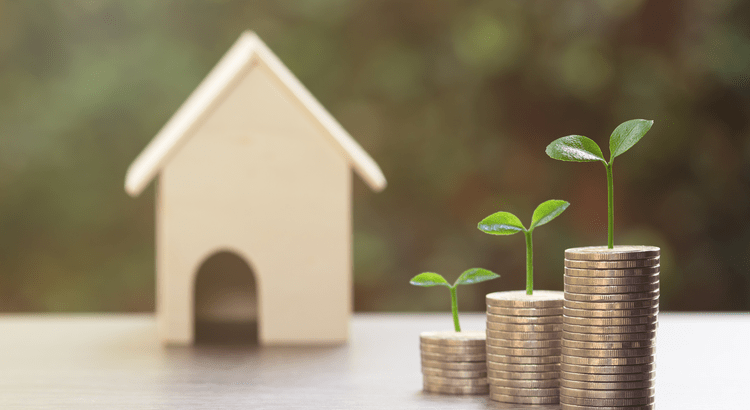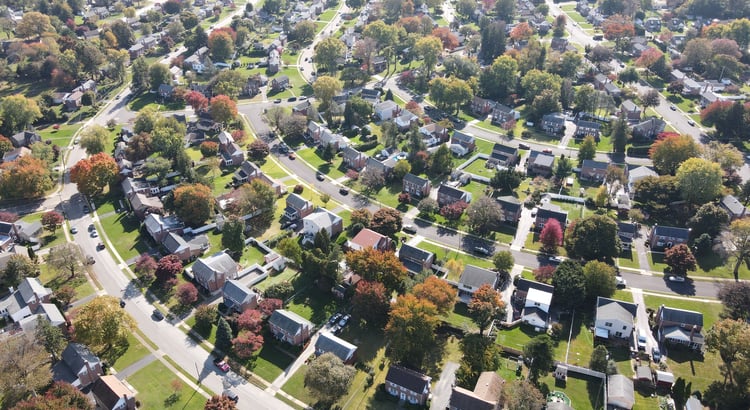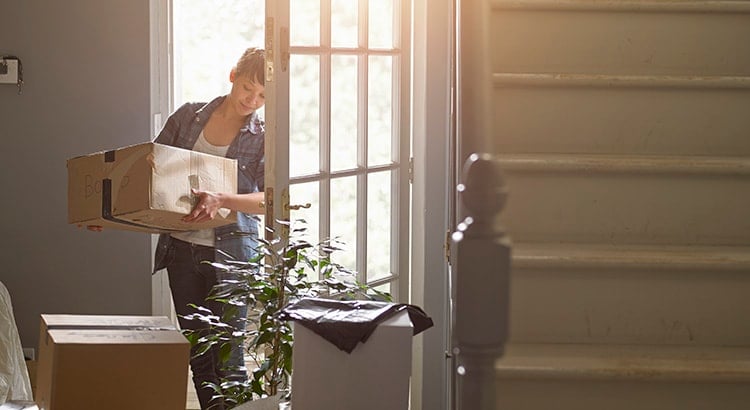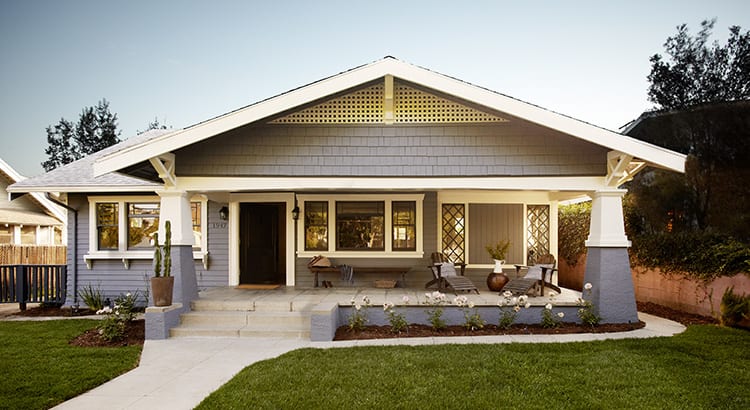Houseplants are enjoying a surge in popularity fed by social media’s greenery-forward interior design, plant-focused podcasts, and an increase in online plant subscriptions. Scroll through hashtags such as #plantsmakepeoplehappy and #plantsofinstagram on Instagram and you’ll see how populated the platform has become with lush foliage in bedrooms, bathrooms, kitchens, and cubicles.
Houseplants aren’t merely aesthetically appealing, though; they also can offer psychological and physical health benefits.
A Breath of Fresh Air
Many houseplants help improve the quality of indoor air by releasing oxygen during photosynthesis and absorbing carbon dioxide in addition to toxic chemicals such as benzene and formaldehyde. Not dissimilarly from a humidifier, houseplants also release trace amounts of water vapor into the air — a plus, particularly in winter.
NASA has extensively studied houseplants and how they can foster clean air in the home. Their studies — including the widely disseminated NASA Clean Air Study — have helped narrow down which houseplants are exceptionally good at cleansing the air; aloe vera, golden pothos, snake plants, peace lily, and heartleaf philodendron are among them.
Positivity All Around
Greening up your home and workplace also can positively impact your emotional and psychological well-being. Some research and studies have found that close access to indoor and outdoor green spaces, with their increased oxygenation, can have a profound impact on mental health, improve our mood, soothe stress, boost cognition, and enhance our overall sense of well-being.
Succulents, Devil’s ivy, and nerve plants are especially great options for small spaces; they won’t grow too big for your desktop. — SQ
Top 5 Hardiest Plants
It always feels like a bonus when a houseplant doesn’t need very much caretaking to thrive. To help simplify the search for those looking for new plants that won’t have to be labored over to flourish, we did a little research to narrow down the best low-maintenance plants to seek out during your next trip to the plant store. — CR
Pothos Golden
Also known as “Devil’s ivy,” the pothos variety tends to prefer you leave it to its own devices: Minimal light and care are all it needs. Famous for quick growth and astonishing length, its leaves don’t need a lot to trail.
Snake Plant
Those familiar with snake plants know they don’t need much water or sunlight to grow. These plants often can be left for more than five days without water or direct sunlight.
Monstera Deliciosa
These plants are gifted communicators; if they’re unhappy, they’ll droop their leaves to let you know that they need a drink. Monstera deliciosa don’t like direct sunlight, so you don’t have to stress about placement in your home.
Spider Plant
Spider plants are perfect for beginner plant enthusiasts — minimal, indirect sunlight and just a little watering are all they need. Once grown, their leaves evoke a spider’s dangling legs.
Lucky Bamboo
Lucky bamboo is an ideal houseplant for bathrooms; it’s perfectly happy with a little indirect sunlight and lots of humidity. These plants also are impressively versatile, able to conquer whether they’re living in soil or a few glugs of water and held upright with stones.
SOURCE: 425 Magazine
